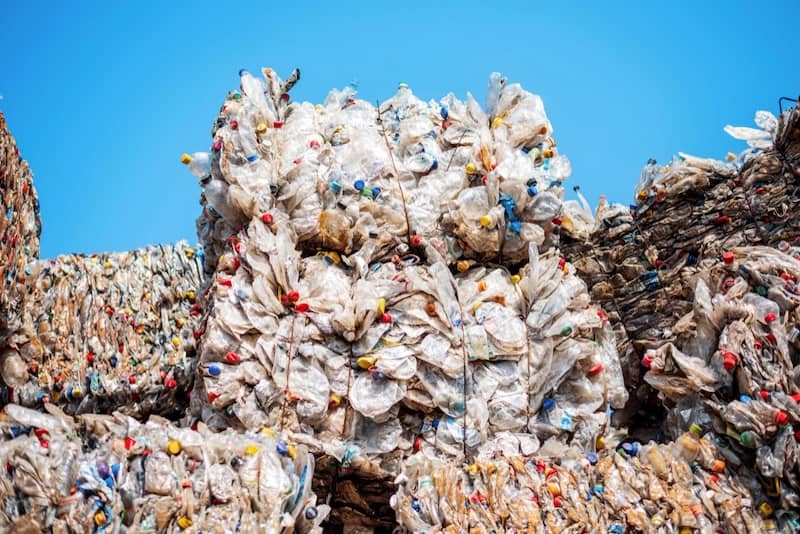The United States disposes of approximately 240 million tires annually, most of which end up in nearby landfills or stacked up in a person’s home garage. However, this presents a dangerous situation as rubber tires are made from many flammable materials. Not to mention, a tire fire is a beast of its own accord and can be much more difficult to contain than other types of fires. See below for The Institute of Scrap Recycling Industries (ISRI)’s guidelines on tire fire risk reduction.
Did you know?
- Rubber tires are composed of several very combustible compounds such as carbon, oil, benzene, toluene, rubber and sulfur.
- Tires are designed to absorb friction-generated heat from road contact. However, once ignition occurs, this same property serves to absorb the heat of the fire. (This is apparent to anyone who has knocked down the flames of a tire fire only to find it has reignited shortly after moving the fire stream away.)
- Tires give off flammable vapors at approximately 1000 degrees Fahrenheit.
- Tires have a higher per-pound heat output than most coal.
- There are at least 32 toxic gases produced by tire fires.
Time is of the Essence
The ability to control a large tire pile fire is extremely time sensitive. From ignition to the first five minutes after ignition, extinguishment may be possible if the fire is small enough for available water supplies. However, after the first few minutes, fire will spread approximately two square feet every five minutes. Scary stuff.
For example, as reported by St. Louis Post-Dispatch, firefighters responded to the blaze at Interco Trading on Fox Industrial Drive in Madison around 2 a.m on March 11, 2020. Twenty-one fire departments assisted in knocking down the large fire, which damaged nearby businesses MB Steel and St. Louis Reload and caused the evacuation of nearby homes due to the smoke, which smelled like burning rubber.
This is just one example proving the extreme amount of manpower and resources needed to properly handle a tire fire. As in most things we do, proper planning is necessary for these types of incidents. This should include identifying and completing pre-incident surveys on any bulk storage facilities.
Valuable Resource: Strategies for Fire Risk Reduction
The Institute of Scrap Recycling Industries (ISRI) has published guidelines that are designed to help scrap-recycling facilities develop strategies for fire risk reduction.
The information, “Creating a Fire Management and Measurement Plan,” is available in digital form on the ISRI website. It was developed by fire science, insurance and scrap tire industry professionals as a guidance document to help business owners, operators and environmental health and safety professionals mitigate potential fire risks, it said.The document is available free to recycling industry professionals, who may download it from the ISRI website. Non-ISRI members may find out how to order the document by contacting ISRI.
Resources:
https://www.tirebusiness.com/news/isri-issues-fire-prevention-management-plan-recycling-facilities




